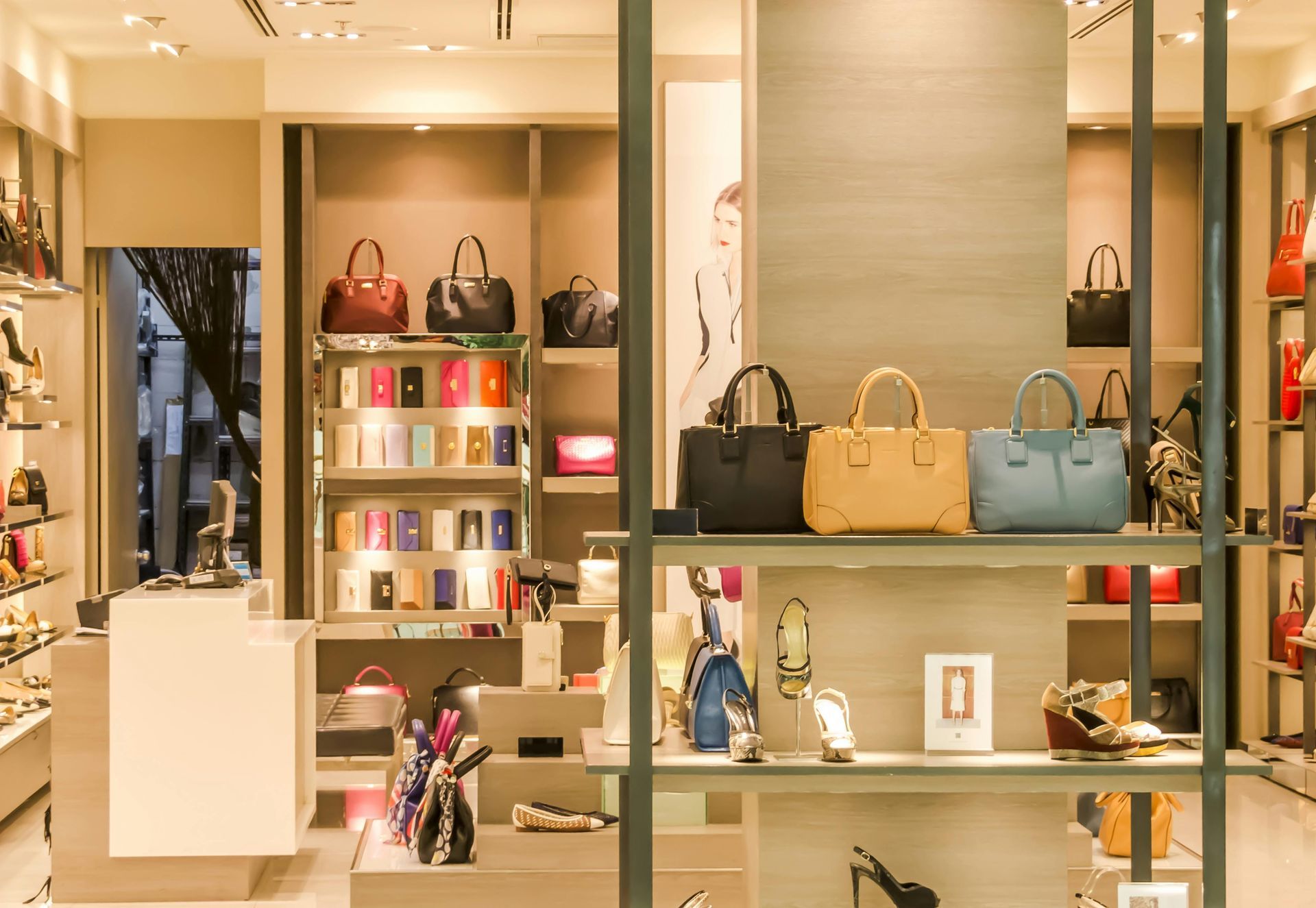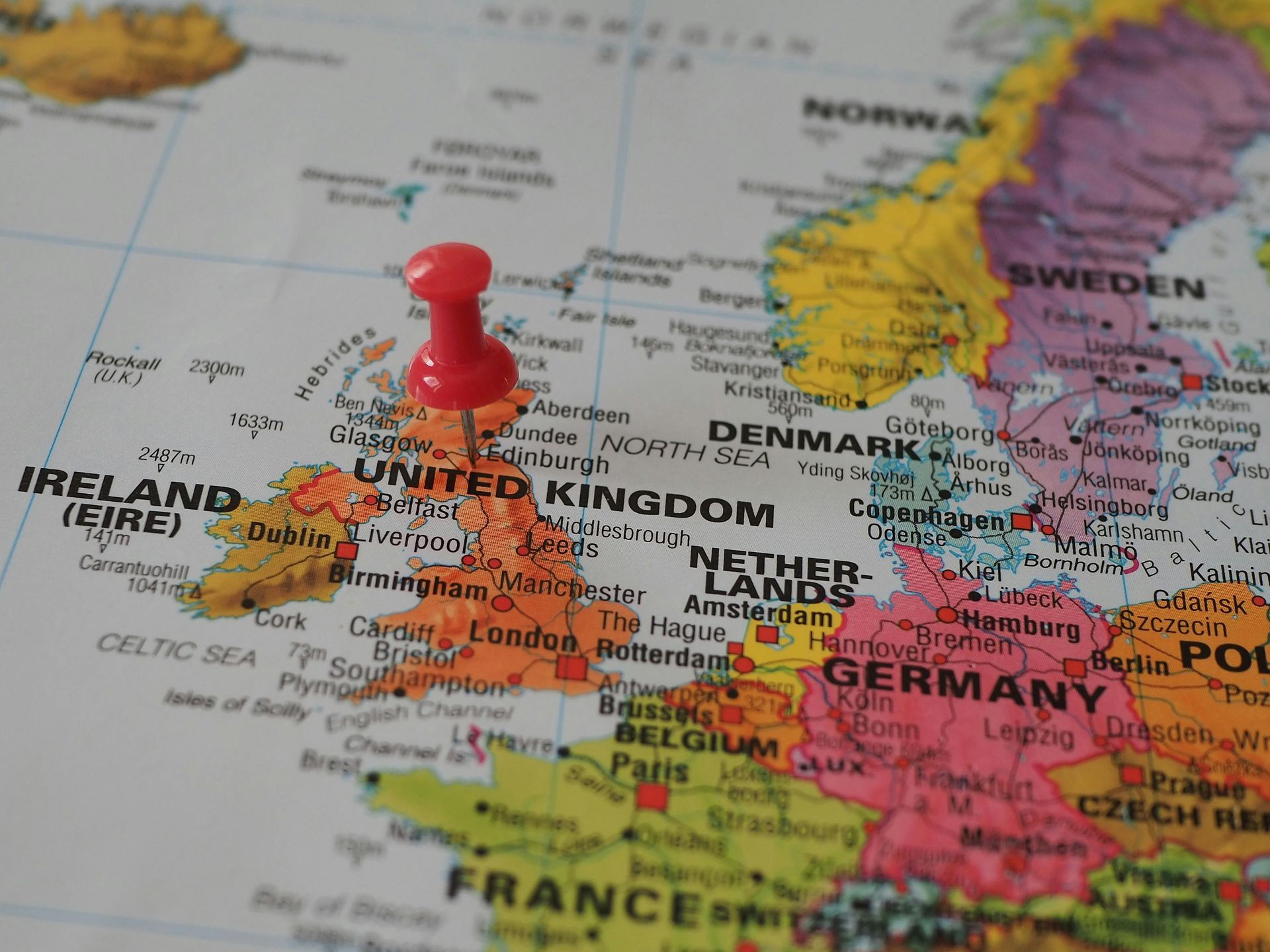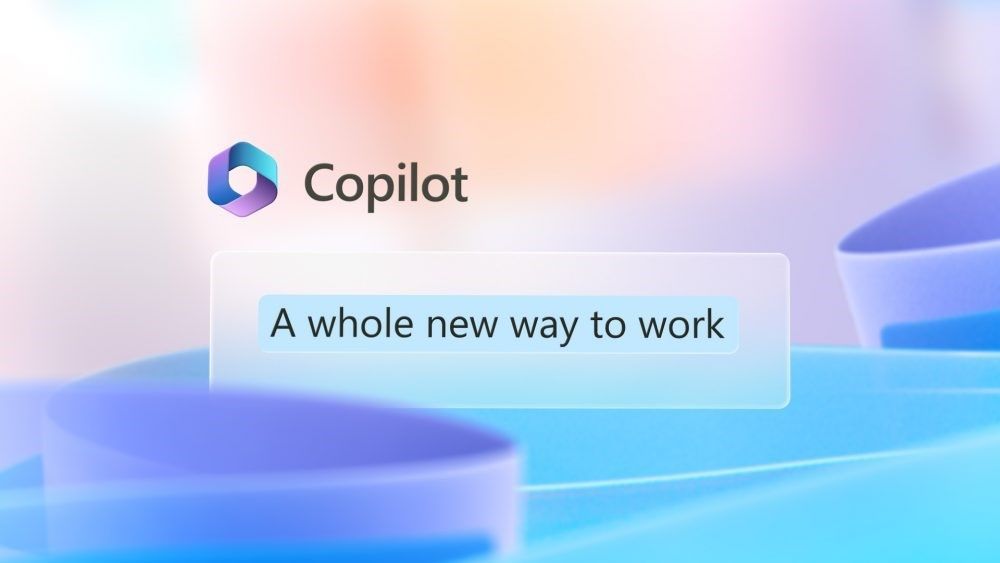Luxury Targets: How High-End Fashion Brands Became Prime Hunting Ground
The world of luxury fashion, synonymous with exclusivity and prestige, has found itself in an uncomfortable spotlight. Cybercriminals have successfully breached the systems of some of the most prestigious brands in the industry, stealing private customer data from millions of Gucci, Balenciaga, and Alexander McQueen shoppers. This incident highlights a troubling trend: luxury brands are becoming increasingly attractive targets for sophisticated cybercriminals.

The Scale of the Breach
The attack, carried out by a cybercriminal group calling themselves "Shiny Hunters," has potentially compromised the personal information of millions of customers. The stolen data includes names, email addresses, phone numbers, home addresses, and perhaps most concerningly, detailed spending histories showing exactly how much individual customers have spent with each luxury brand.
Kering, the French parent company behind these iconic fashion houses, confirmed the breach occurred in April but has remained relatively quiet about the incident's full scope. Whilst the company has disclosed the attack to relevant data protection authorities and claims to have emailed affected customers, no public statements have been made—something they're legally entitled to do as long as individual customers have been notified directly.
More Than Just Contact Details
What makes this breach particularly serious is the nature of the stolen information. Beyond standard personal details, the criminals have accessed "Total Sales" data, revealing intimate details about customers' luxury spending habits. Analysis of a sample provided to journalists revealed some customers had spent between $30,000 and $86,000 with these brands.
This spending data transforms what might otherwise be a routine data breach into something far more dangerous. High-spending customers now face the risk of being specifically targeted by secondary attacks, sophisticated scams, or even physical security threats if this information falls into the wrong hands.
A Pattern of Luxury Brand Attacks
The Kering breach isn't an isolated incident. April saw a wave of attacks on luxury brands, with Cartier and Louis Vuitton also disclosing data breaches to their customers and the public. This clustering of attacks suggests cybercriminals have identified the luxury sector as a particularly lucrative target.
The timing is no coincidence. Luxury brands maintain extensive customer databases filled with high-value individuals' personal information—exactly the type of data that commands premium prices on criminal marketplaces.
The Shiny Hunters Connection
Shiny Hunters, the group claiming responsibility, has been on the radar of cybersecurity experts for some time. In June, Google's cybersecurity team issued warnings about attacks linked to the group, which Google tracks under the designation UNC6040. Their modus operandi typically involves tricking employees into surrendering login credentials for internal company systems, particularly Salesforce platforms.
The group contacted Kering in early June, claiming to have been in intermittent negotiations over a Bitcoin ransom payment. However, Kering denies engaging in any conversations with the criminals and states it has refused to pay any ransom, following established law enforcement guidance.
Why Luxury Brands Are Attractive Targets
Several factors make luxury brands particularly appealing to cybercriminals:
High-value customer data: Luxury shoppers represent a wealthy demographic, making their personal information more valuable to criminals planning targeted scams or identity theft.
Spending pattern intelligence: Detailed purchase histories allow criminals to craft highly convincing phishing attempts or identify potential victims for more sophisticated fraud schemes.
Reputational sensitivity: Luxury brands are particularly concerned about protecting their image, potentially making them more likely to pay ransoms to prevent public disclosure.
Global customer base: International luxury brands maintain databases spanning multiple countries, maximising the potential victim pool from a single successful attack.
The Ransom Dilemma
The incident highlights the challenging position companies face when confronted by ransomware demands. Whilst law enforcement consistently advises against paying ransoms—both to avoid funding criminal enterprises and because payment doesn't guarantee data won't be misused—companies must balance this guidance against potential reputational damage and customer harm.
Kering's decision to refuse payment aligns with best practices, but it means the stolen data remains in criminal hands with no guarantee it won't be sold or leaked to other malicious actors.
Protecting Yourself in the Aftermath
For customers whose data may have been compromised, several immediate steps can help minimise risk:
Stay vigilant for suspicious communications claiming to be from banks, government agencies, or other organisations. Criminals may use stolen personal details to make scams appear more legitimate.
Verify contact attempts independently. If someone calls claiming to be from your bank, hang up and call the number on your card or the institution's official website.
Update passwords across all accounts, particularly those associated with financial services or containing sensitive information.
Enable two-factor authentication wherever possible to add an extra layer of security to your accounts.
Monitor financial statements closely for any unauthorised transactions or suspicious activity.
The Road Ahead
As investigations continue and affected customers assess their exposure, this incident will likely prompt significant changes in how luxury brands approach data security. The days when a beautiful storefront and exceptional customer service were sufficient to maintain customer trust are over—in today's digital landscape, robust cybersecurity has become as essential as quality craftsmanship.
For the millions of customers potentially affected, the breach serves as a stark reminder that no organisation, regardless of its prestige or resources, is immune to cyber attacks. In an interconnected world, personal data security is only as strong as the weakest link in the chain.
The luxury fashion industry's response to this crisis will likely set the standard for how high-end retailers handle cybersecurity going forward. Whether they rise to meet this challenge or find themselves repeatedly targeted by criminals will depend on how seriously they take the lessons from this breach.
Is Your Business Prepared for a Targeted Cyber Attack?
The Kering breach demonstrates that cybercriminals are becoming increasingly sophisticated in their targeting strategies, focusing on high-value customer databases and sensitive information. If luxury giants with substantial resources can fall victim to these attacks, no business is safe.
At Altiatech, we understand that protecting your customer data isn't just about compliance—it's about preserving trust, reputation, and business continuity. Our cybersecurity experts specialise in helping businesses across all sectors implement robust defences against evolving cyber threats.
Don't wait until you're the next headline:
- Comprehensive security assessments to identify vulnerabilities before criminals do
- Employee training programmes to prevent social engineering attacks like those used against Kering
- Incident response planning to minimise damage if a breach occurs
- Ongoing monitoring and support to stay ahead of emerging threats
Your customers trust you with their personal information. Make sure that trust is well-placed.
Contact Altiatech today for a confidential security consultation:
Phone: +44 (0)330 332 5482
Email: innovate@altiatech.com
Because when it comes to protecting your business and customers, you can't afford to take chances.













